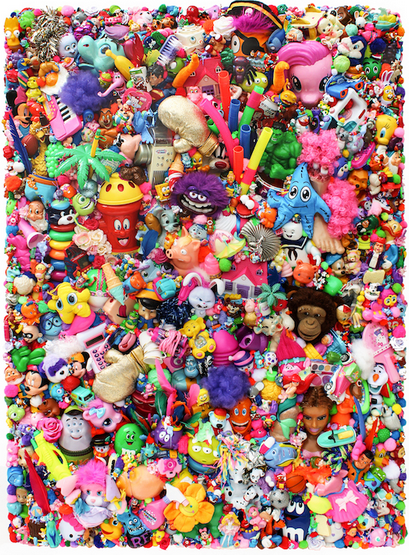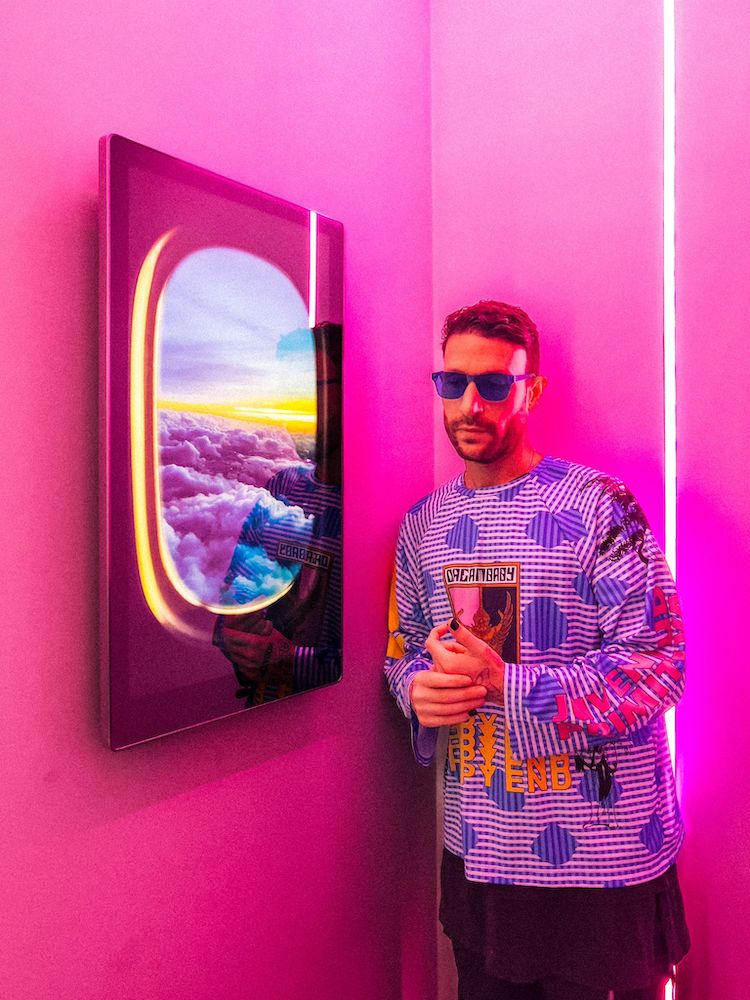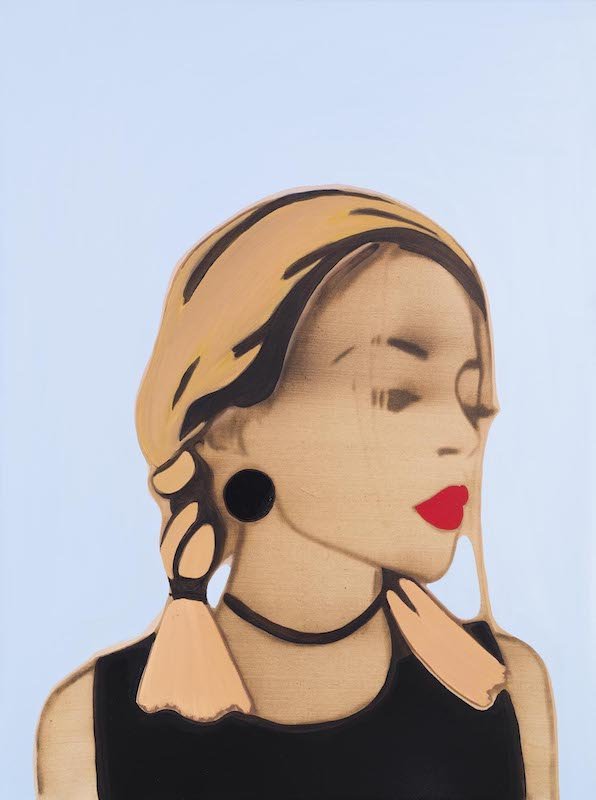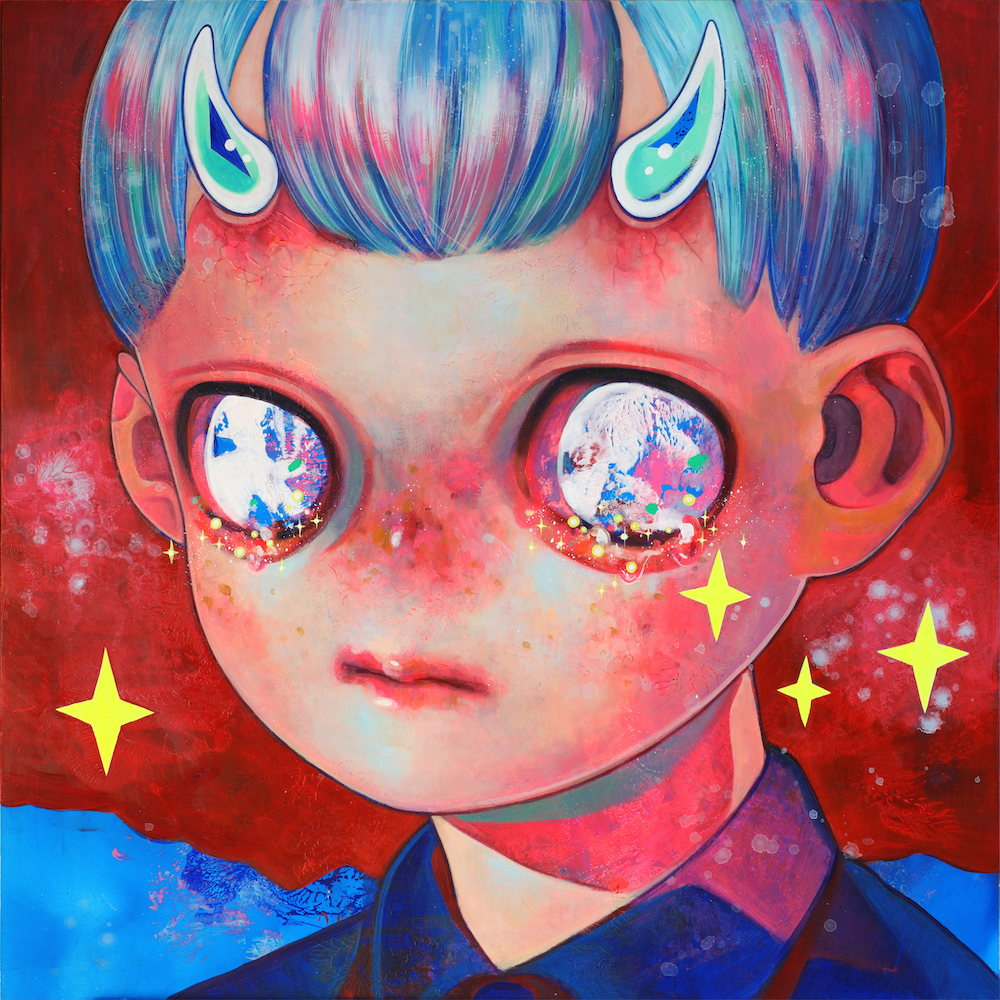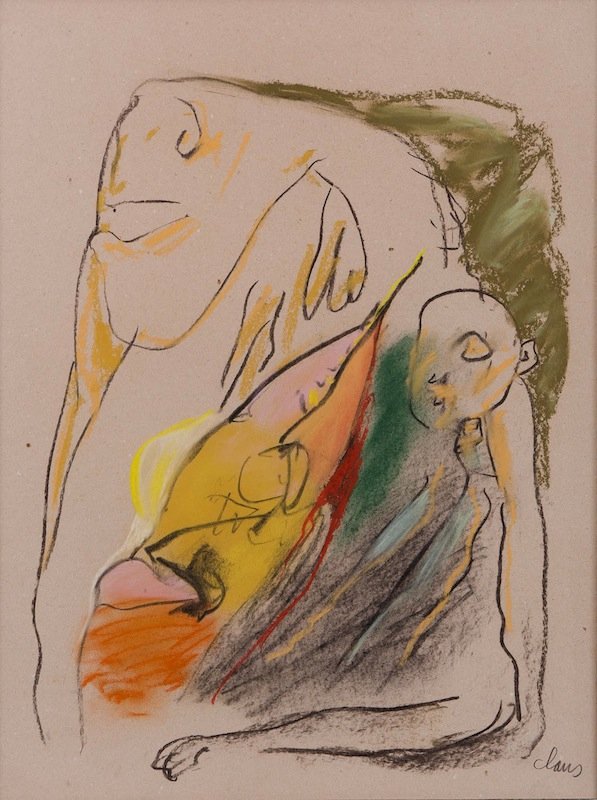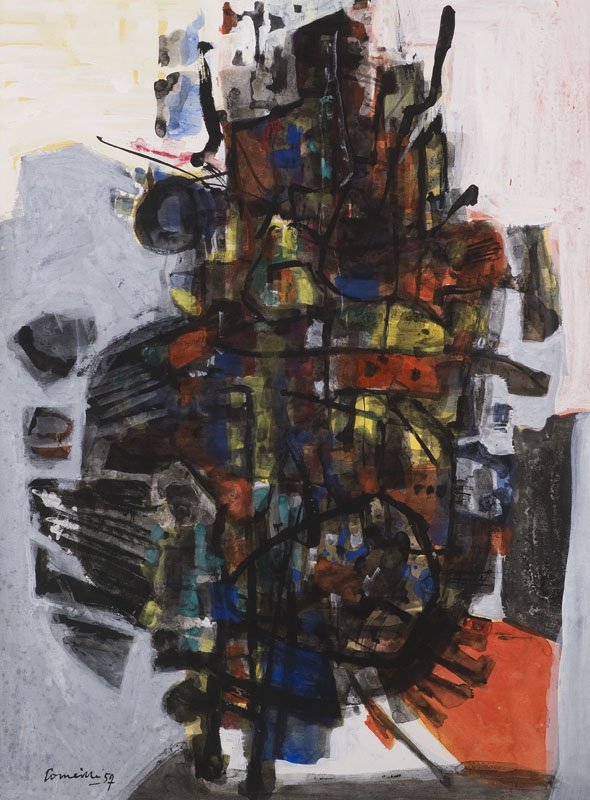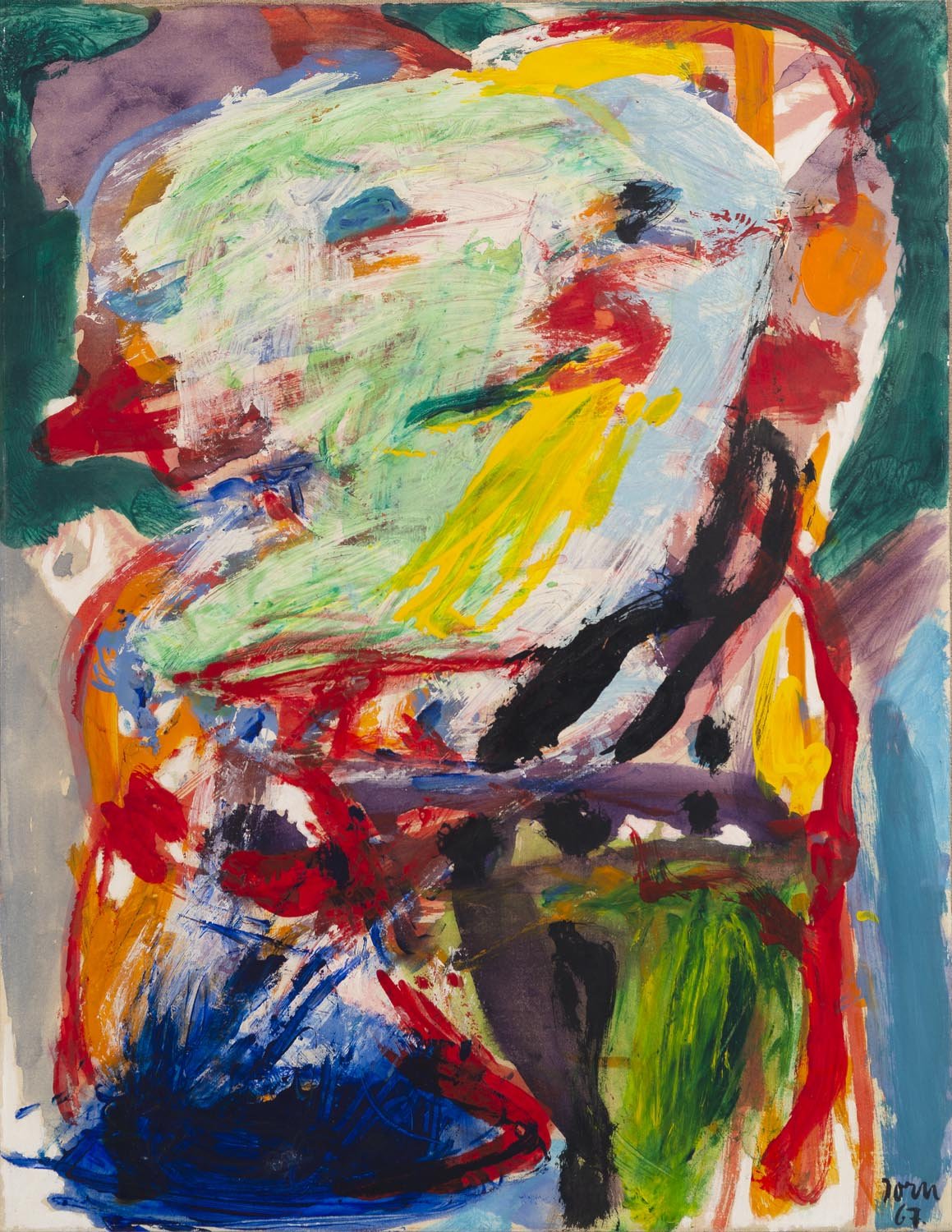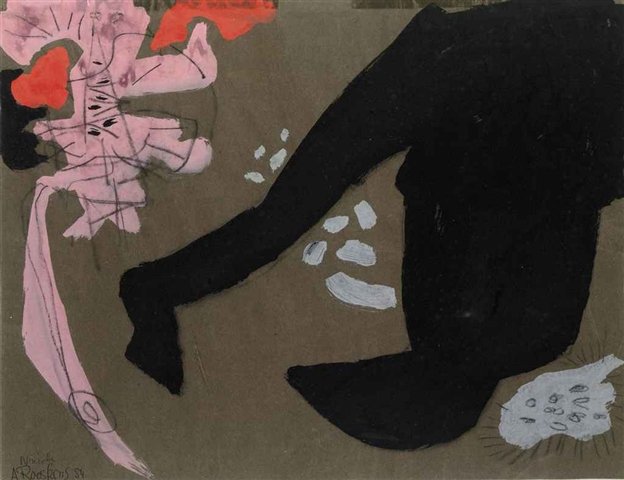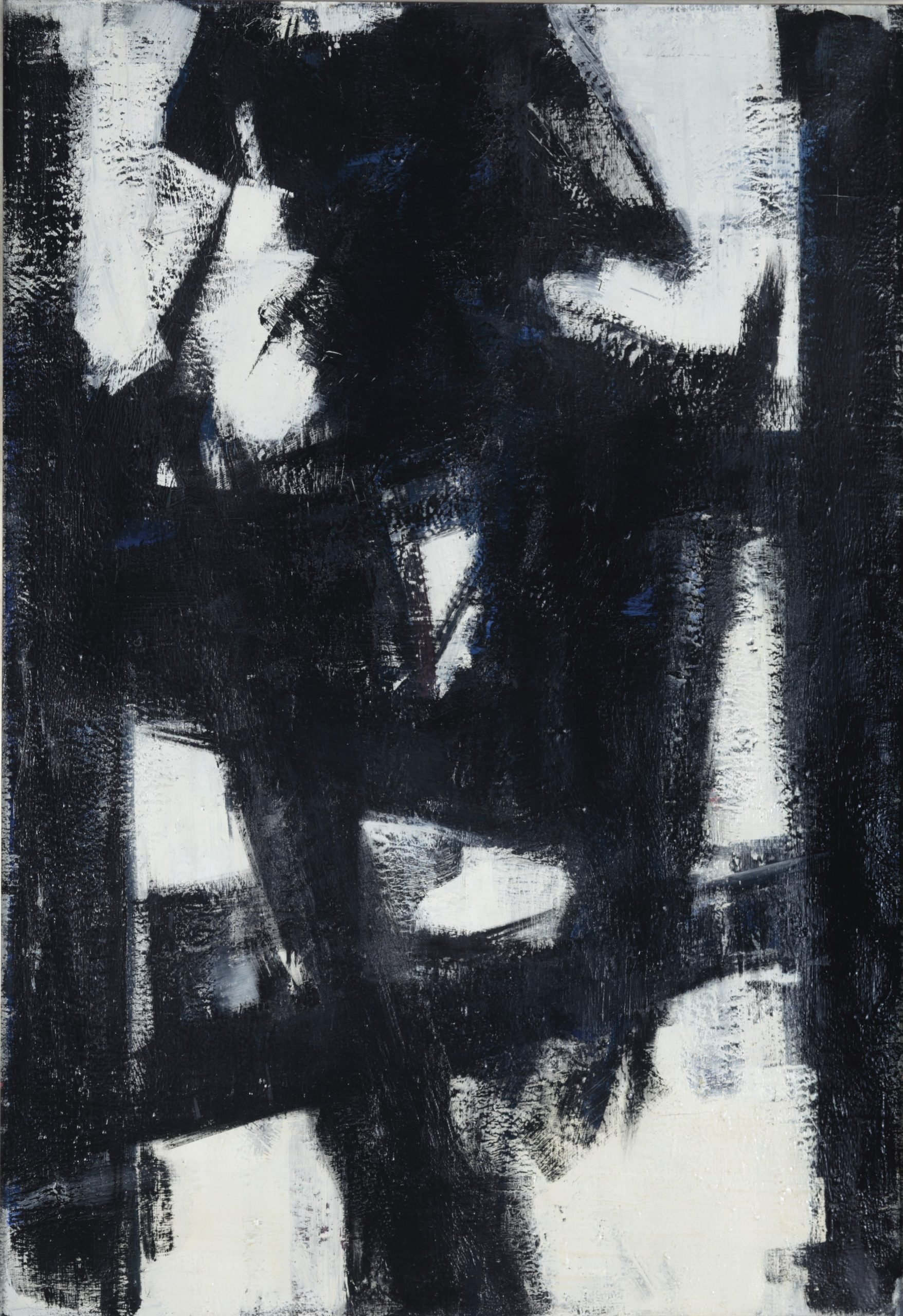Anton Rooskens attended technical school in the southern Dutch city of Venlo from 1924 to 1934 before becoming apprenticed to an instruments builder. In 1935 he went to live in Amsterdam. A self-taught artist, Anton Rooskens mainly painted landscapes in which the influence of Van Gogh is clearly evident.
During a visit to the 1945 exhibition ‘Kunst en Vrijheid’ (Art and Freedom) at Amsterdam’s Rijksmuseum Anton Rooskens was struck by the African sculptures and ancestral carvings from New Guinea. The simple, clean lines characteristic of this art can be found in Rooskens work of the early post-war period, alongside Cubist influences.
From 1946 onwards, Rooskens was regularly in touch with Appel, Corneille and Brands. In 1948 he met Constant. In that year he helped found the Nederlandse Experimentele Groep that was later to merge with CoBrA. Rooskens took part in the famous CoBrA exhibition at Amsterdam’s Stedelijk Museum in 1949 but withdrew from the movement almost immediately afterwards.
Even so, his links with CoBrA turned out to be very stimulating. Rooskens developed a personal language of magic signs in penetrating black, yellow, ochre, blue and red, creating compositions in which masks, shields and images of gods entwine in a jumble of spontaneous colour and lines which nevertheless form a certain balance.
In 1954 he briefly turned to a geometric style influenced by African art. From 1956 his work increasingly features dynamically executed abstract signs on large canvases. Black paint applied in sturdy strokes plays a prominent role. Around about 1965 the fantastical beings, reminiscent of the CoBrA period, emerge again in his work. His paintings become brighter once more and remain so until his death in 1976.








